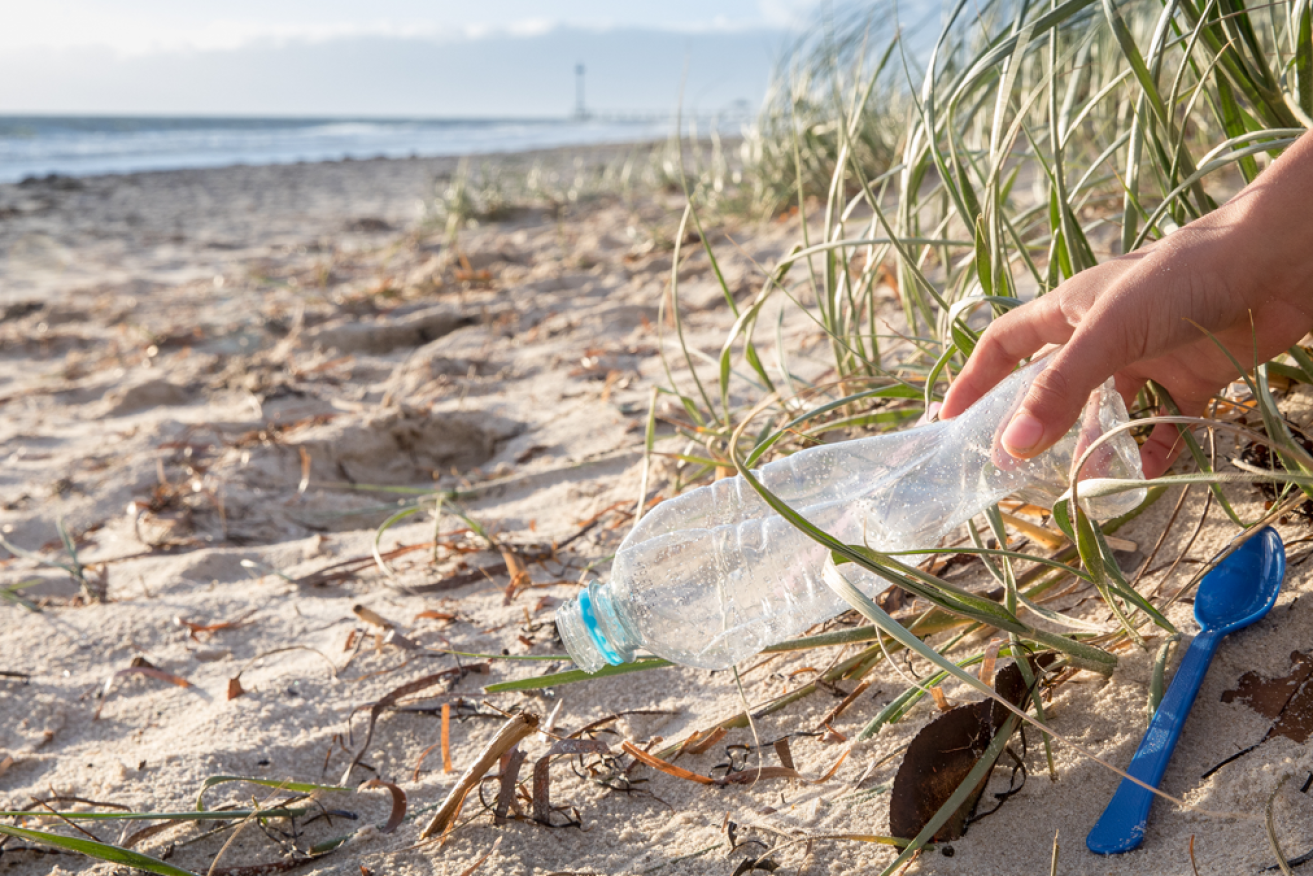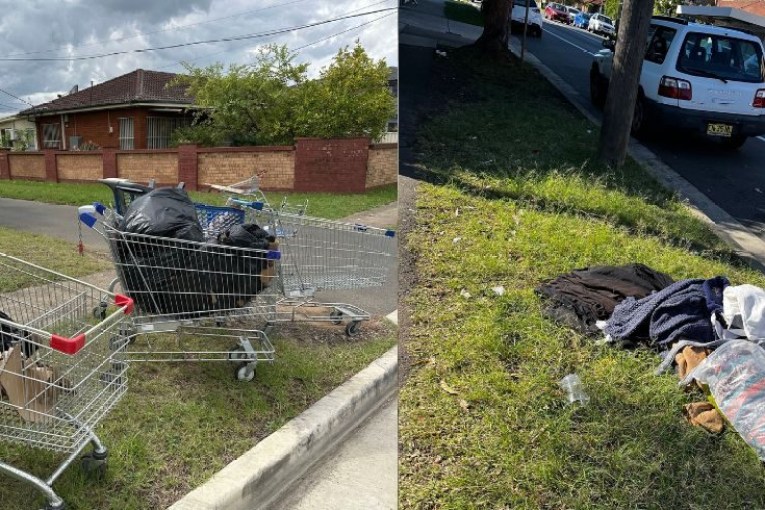Scientists ‘surprised and excited’ to find plastic litter at Australian beaches fell by 29 per cent


About 130,000 tonnes of plastic waste leaks into Australia's waterways each year. Photo: Getty
Plastic pollution along Australia’s beaches and coastline has decreased by 29 per cent, according to new CSIRO research that also investigated the most effective ways to reduce it.
The researchers behind the survey said such a big improvement in the space of a few years was “pretty amazing”.
“It’s a really positive surprise,” Dr Denise Hardesty, a marine debris expert with the CSIRO, told The New Daily.
“We hear so much and we know how much more plastic is being produced each year, so to actually be able to see and document almost a 30 per cent change in such a short time is really heartening.
“It’s pretty amazing and it speaks pretty well of Australia in terms of listening, engagement and infrastructure.”
What’s changed?
The new report builds on a massive survey of Australia’s coastline in 2013, where researchers circumnavigated the whole continent to inspect beaches and other coastal areas in 100km increments.
Then, in 2019, they used a targeted approach to analyse 31 municipalities where significant changes have been occurring.
It took another three years to process and publish the results.
“Our research set out to identify the local government approaches that have been most effective in reducing coastal plastics and identify the underlying behaviours that can lead to the greatest reduction in plastic pollution,” said lead researcher Dr Kathryn Willis.
“We were really surprised and excited to also find that there was, on average, 29 per cent less plastic on our beaches than in 2013 when similar surveys were conducted.”

Part of Dr Kathryn Willis’ research involved physically surveying beaches for litter around Australia. Photo: Supplied
The researchers also spoke to local councils to find out what worked and what didn’t when it came to reducing litter along the coast.
Among the most effective measures were economic incentives such as cash for returned bottles, kerbside recyclable waste collection, and higher levies at landfills that forced people to reconsider their disposals.
Education and outreach, as well as illegal dumping surveillance, played a smaller role in reducing waste.
“We actually see where we have increased waste levies, so when you go to the tip that costs you more, that actually means that people are going to think more about where and how they dispose of their waste,” Dr Hardesty said.
“And so I think that comes into that broader thinking more than just, you know, ‘Forget the straw, save a turtle’.”
Dr Hardesty added: “If you only invest in outreach, education, and community awareness, you do not find the same decreases in plastic.”
The bigger picture
The 29 per cent reduction in plastic litter is a nationwide average.
The researchers noted that some areas saw reductions of up to 73 per cent.
CSIRO chief executive Dr Larry Marshall praised the local efforts around the country as a “Team Australia” effort.
But the researchers also found a few municipalities where plastic pollution had increased.
In one area, plastic pollution rose by a massive 91 per cent, but the researchers opted not to name and shame the municipality.
They were more interested in figuring out what works – namely financial incentives to avoid littering or using plastic altogether – in order to keep reducing litter in future.
Such a drastic improvement in such a short period of time is likely to benefit seagulls, fish, coral and other marine life.
“People ask me all the time, ‘Oh my gosh, is it so depressing that you work on plastic and it’s just everywhere and growing?'” Dr Hardesty said.
“And I tell them, ‘Actually, it’s also kind of a story of hope and optimism.”








